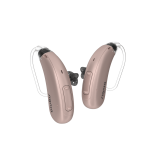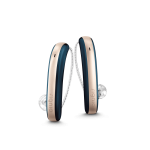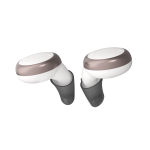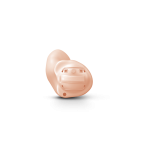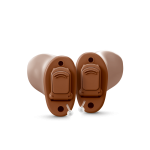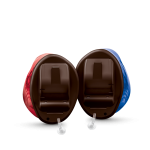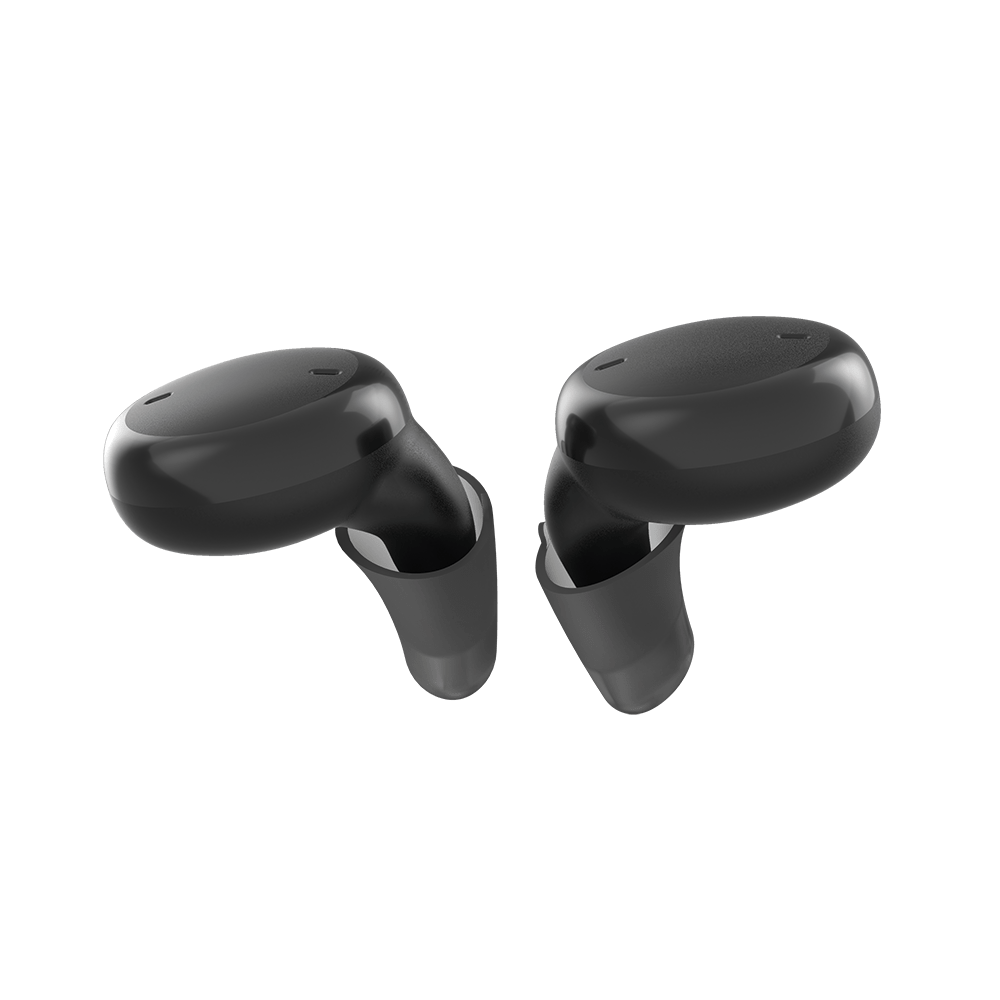History of Hearing Aids
03 Feb


Hearing aids have come a long way since their creation in the 17th century. Today, they are sophisticated devices that use advanced technologies to improve hearing and enhance the quality of life for millions of people with hearing loss. But how did we get here? In this post, we'll take a closer look at the history of hearing aids and the technological advancements that have shaped the industry.

Image Credit: Hearing Health Foundation
The Early Years of Hearing Aids:
The first recorded hearing aid was created in the 1600s and was a large trumpet-shaped device that was placed directly into the ear. This device was called an "ear trumpet" and was used to amplify sound. Despite its large size, the ear trumpet was a significant improvement over other devices available at the time and paved the way for further advancements in hearing aid technology.
In the 19th century, smaller and more portable hearing aids were developed, including the carbon hearing aid. This type of hearing aid used a carbon microphone to amplify sound and was much smaller and more practical than its predecessor, the ear trumpet.
When Was the First Hearing Device Invented?
The first recorded hearing device was invented in the 17th century and was called an "ear trumpet". It was a large trumpet-shaped device that was placed directly into the ear to amplify sound.
What About the Very First Known Hearing Aid?
The history of hearing aids can be traced back to the invention of the telephone by Alexander Graham Bell in 1876. This groundbreaking device incorporated technology that allowed for the alteration of sound characteristics like loudness, frequency and distortion, which paved the way for the development of the first hearing aid in the early 1900s.
Miller Reese Hutchison is credited with creating the first electric hearing aid in 1898. This device was a major advancement in the field and used an electric current to amplify weak signals. Hearing aids were commercially manufactured for the first time in 1913 and while they were innovative for their time, they were large and cumbersome.
In the 1920s, vacuum tube hearing aids became available, which could convert speech into electrical impulses and then enhance it with amplification. The advent of World War II saw a focus on miniaturization, which was critical in the development of hearing aids. The transistor, first used in 1948, became a key component in hearing aids as it was smaller, required less battery power and produced less distortion, making it possible to replace vacuum tubes in earlier models.
The Mid-20th Century:
The mid-20th century saw the development of vacuum tube hearing aids and transistor hearing aids. These devices were smaller, more reliable and had better sound quality than their predecessors. The transistor hearing aid became the standard for many years, until the advent of digital hearing aids.
The Rise of Digital Hearing Aids:
In the late 20th century, digital hearing aids were introduced. Digital hearing aids use microprocessors to process sound and adjust the volume and frequency response of the device. This allowed for greater customization and improved sound quality. Digital hearing aids also paved the way for the development of more advanced features, such as noise reduction and directional microphones.
Modern Hearing Aid Technologies:
Today, there are several different types of hearing aids available, including in-the-ear (ITE), behind-the-ear (BTE) and in-the-canal (ITC) hearing aids. Additionally, there are hearing aids that can be controlled by a smartphone app and hearing aids that can connect wirelessly to other devices, such as televisions and phones.
The history of hearing aids is a testament to the ingenuity of human beings and the constant pursuit of better technology to improve our lives.
From the large ear trumpet of the 1600s to the sophisticated digital hearing aids of today, the evolution of hearing aid technology has been a journey of progress and improvement.

